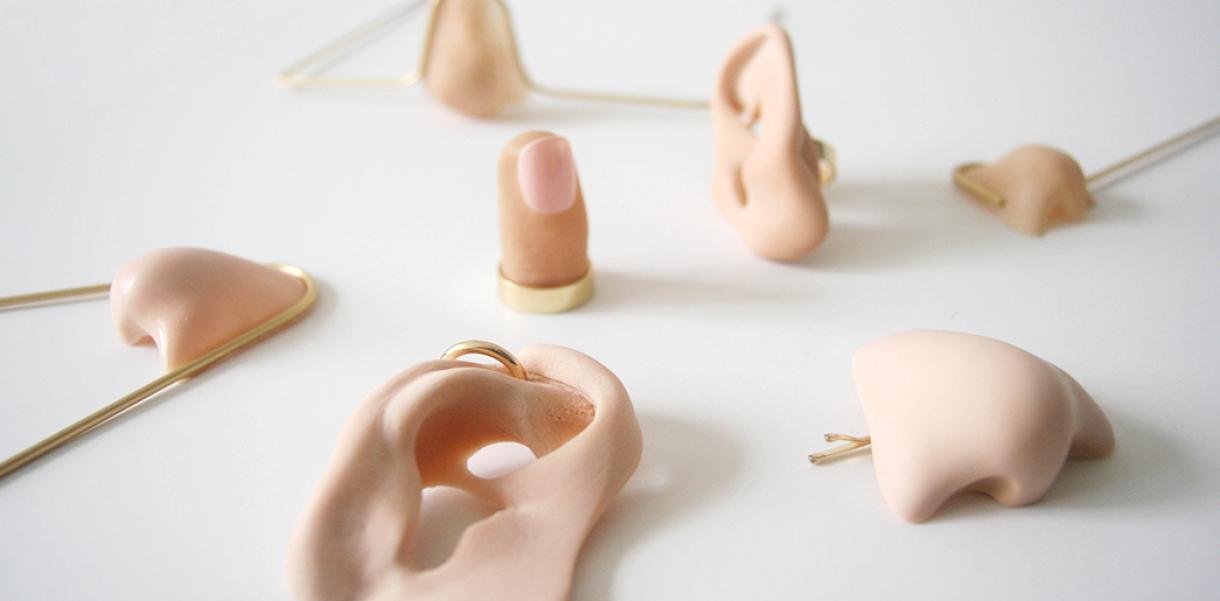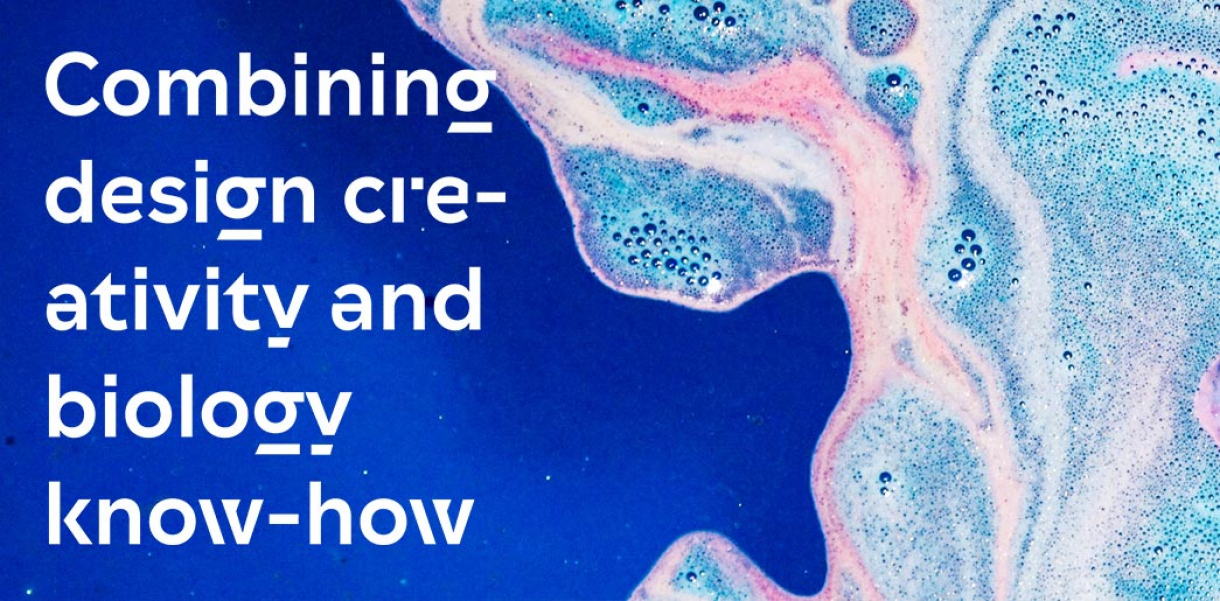Design, as we perceive it, circles around solving problems. Critical design, on the other hand, is characterised as problem finding. Here the design is the medium that asks questions about how the world could be to challenge assumptions and conceptions about the role that objects play in everyday life.
Critical Design emerged from the work of Anthony Dunne and Fiona Raby in the late 90s and moves away from traditional approaches that limit design’s role to the production of profitable objects. Critical designers address issues through the emotionally disturbing and poetic fictional language to pose questions, provoke and inspire. They move away from the strict notions of the “form follows function” model, and instead examine new questions and new problems that equally reflect society’s current moment and provoke movement beyond the status quo.
Tricking Biometrics
Alix Gallet created a collection of jewellery that uses fake body parts to trick machines searching for biometric markers. In an age when our online privacy is constantly being eroded, Alix Gallet challenges the status quo with humour. Her project is a comment on the normalisation of biometric recognition for security or commercial purposes. “I tried to show the absurdity of these developments by creating ways to trick those technologies in order to protect your physical identity,” she says. “The idea was to replace, misplace, and multiply your biometrics in order to be recognised as another person, several people or nobody.”
Slow
Polish studio Opus B has created a conceptual drink packaging designed to give consumers a chance to slow down. The anti-energy drink comes in two glass bottles joined together in the middle to resemble an hourglass. The bottles are twisted apart to separate them into two portions. “Our principal idea was to design a package which will provoke the creation of a new ritual of consumption,” said Opus B’s Aleksandra Wiśniewska. “The package creates a pretext to stop, think and catch a moment for yourself.”
The Volumes Collection
Dutch designer Marije Vogelzang has created a series of objects to trick diners into believing their plates are full of food, in a bid to prevent them from overeating. Her aim is to make people realize that they often don’t need as much food as they think they do. Vogelzang’s objects are made by coating simple stones with food-safe, heat-resistant silicone. They are designed to be placed in the middle of a plate or bowl, reducing the amount of space for food. This approach – as opposed to simply offering a smaller plate – is intended to trick the diner into believing there is more food in front of them than there actually is, meaning they are more likely to be satisfied.
The Pure Human Range
Central Saint Martins student Tina Gorjanc has proposed a conceptual range of leather accessories made of skin grown from late fashion designer Alexander McQueen’s DNA. After extracting the genetic material and implementing it into a cell culture, Gorjan’s process involves harvesting the cells into skin tissue. This would be tanned and processed into human leather with the view to using it in bags, jackets and backpacks. “The Pure Human project was designed as a critical design project that aims to address shortcomings concerning the protection of biological information and move the debate forward using current legal structures,” Gorjanc said.
The Galactic Everyday
A suit to bathe in, a vacuum-suctioning dressing gown and a temperature-regulating duvet feature in this collection designed by Central Saint Martins graduate Christine Lew for life on Mars. It aims to examine the “overlooked everyday aspects of future life in space”. Through discussions with peers and space experts, she developed a series of objects that would enable humans to carry out normal everyday tasks once they relocate. The Galactic Everyday intends to address this grey area of long-term space colonization in hopes to inspire others to reflect on humanising space and how humans will one day call another planet home.
BioLace
BioLace’ is a speculative design-led research project by Carole Collet that investigates the intersection of synthetic biology and textile design to propose future fabrication processes for textiles. The motivation behind this research lies in the hypothesis that living technology can foster a new approach to address some of the key sustainable challenges of the 21st century.






